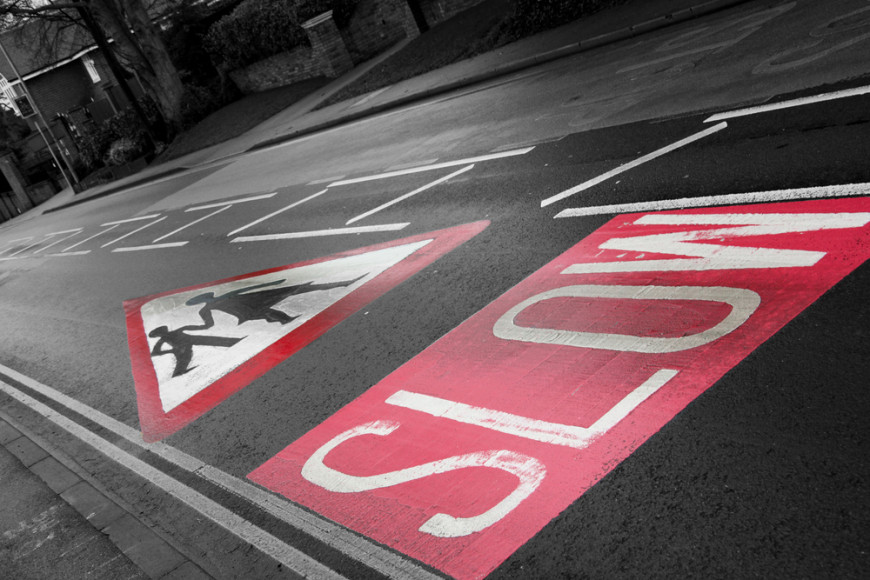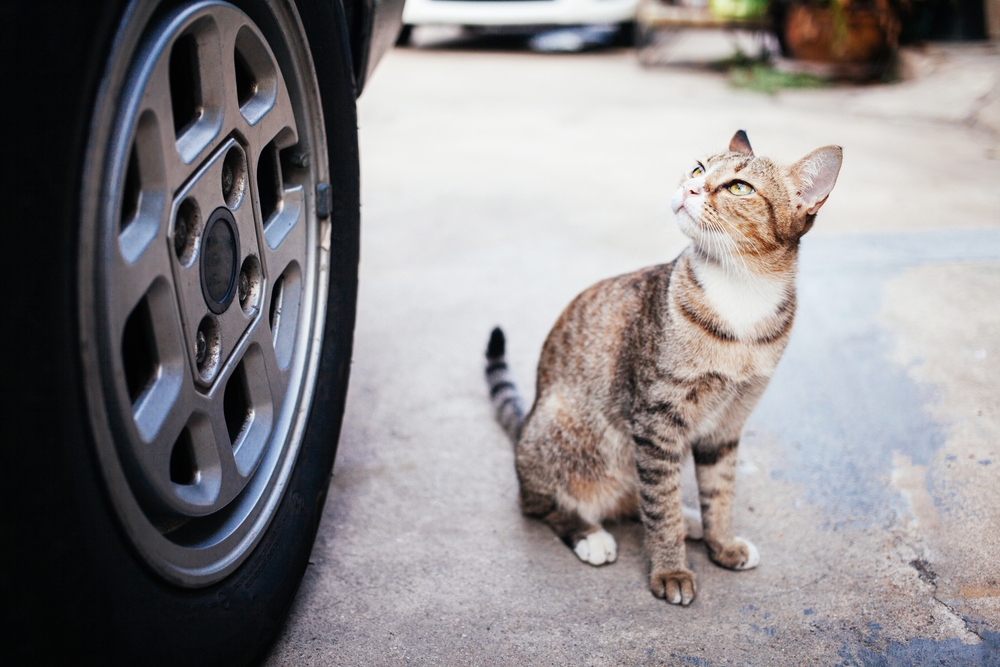
Autumn is the worst season for road traffic accidents, with young, male and crossbred cats most at risk
Autumn is the worst time of year for cats getting injured on the road, according to a study using data from Vets Now.
The researchers also found that cats who are young, male and crossbreed are far more likely to be hit by a car.
They concluded that road traffic accidents involving cats are very common and tend to result in the need for emergency veterinary treatment, which highlights the importance of having pet insurance.
As the days grow shorter, cats will inevitably spend more time outside in the dark and the findings show just how important it is to keep them safe during the dark and dangerous autumn months. At this time of year, some owners may choose to keep their cats indoors during the night and especially around the morning and evening rush hours.

There had previously been limited information about the risks of cars to cats, but the study by the VetCompass programme at the Royal Veterinary College (RVC), in partnership with Vets Now, found the following:
- Younger cats, aged six months to six years, are at the greatest risk of road traffic accidents
- Male cats are 1.3 times more at risk of road traffic accidents than female cats
- Crossbred cats are 1.9 times more at risk of road traffic accidents compared to purebred cats
- Cats are more likely to be involved in a road traffic accident in the autumn. However, they are less at risk in winter as compared to spring
- Those cats that present with abdominal or spinal injuries are more likely to die, as are those that present with an increasing count of injuries
The findings came from analysis of the 1,407 cat road traffic accident cases that attended Vets Now clinics across the UK between December 2011 and February 2014.
The road traffic accident cases were identified from 22,586 cat patients that were treated during the studied time period. This shows the massive scale of the problem, with more than 4% of the overall number of cats treated at emergency veterinary clinics are there as a result of being hit by vehicles.
RVC’s VetCompass project analyses anonymised veterinary clinical records from over 1000 UK vet clinics to enhance understanding and improve the health and welfare of companion animals.
RVC veterinary epidemiologist and VetCompass researcher Dr Dan O’Neill said: “One of the scariest times for any cat owner is when they first start to let their cat go outside unattended. Owners of younger, and especially male, cats need to be especially vigilant. These results help owners to understand the true risks and therefore assist these owners to make the best decisions about if and how they let their cats go outside.”
Dr Amanda Boag, clinical director of Vets Now, added: “We are very proud to have worked with VetCompass to ensure this important information about risks to our pet cats is made available to vets and the public. Working with our partners such as the RVC, we are committed to ensuring our large clinical database is used to help advance veterinary knowledge and understanding of emergency and critical care practice.”
The full paper entitled Epidemiology of Road Traffic Accidents in Cats attending emergency-care practices in the UK is published in the Journal of Small Animal Practice.
